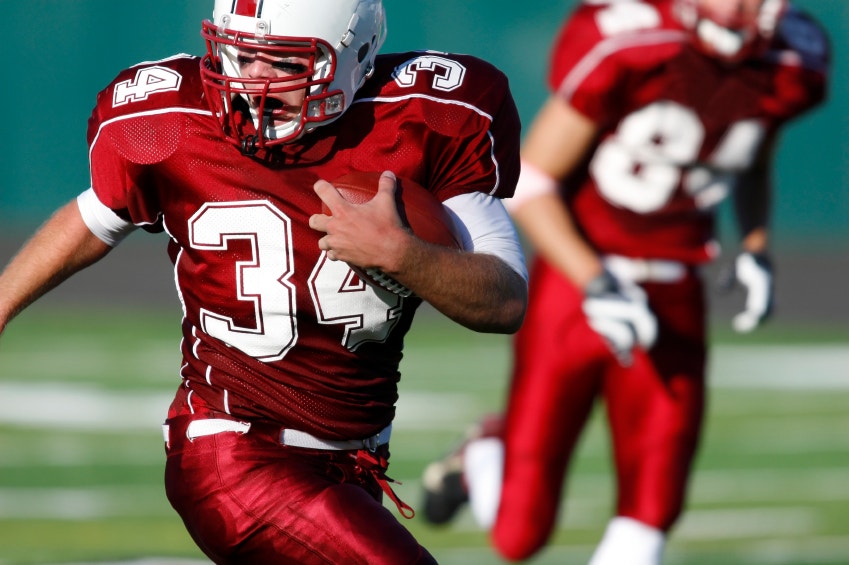On October 3, I came across a story concerning a school board member in New Hampshire, named Dr. Paul Butler, who wants to end football programs at local schools due to the risks of concussions, which can lead to brain injuries later in life.
Butler, a retired physician and member of the Dover School Board, proposed eliminating football at Dover High School and younger levels, citing medical evidence suggesting that even a single blow to the head can lead to multiple brain injuries, because it can cause the brain to rattle around in the skull.
While I respect Dr. Butler’s opinion because, indeed, football can be a dangerous sport for many children, I would humbly argue that, instead of erasing a dream many young high school athletes have, what he and other officials should do is strive to make the sport safer.
The fact of the matter is, I don’t think you can ever eliminate football from the culture of this country. Every week, these children will continue to watch the sport on television, or even hear about kids in other districts playing in games.
So, how do we make football safer?
Technology is certainly one way. There are already safer helmets in development, individually designed for each player, with sensors to monitor and evaluate the force of impacts.
There are also plans for protective shoes with shorter cleats and shoulder pads that will absorb greater amounts of energy away from the player.
Now, I grant you, most school systems or towns with youth football programs may have trouble gathering the funds for this new equipment, but football safety should be a charge that we should all take to heart.
In many towns, neither parents nor coaches pay enough attention to the quality of the equipment being provided to the kids. The majority of the gear is old and worn down – thus, less effective. This needs to change.
Another important factor in improving safety is proper training and education. We need to educate coaches and assistant coaches better in the field of injury prevention.
Statistics show that less than half (47 percent) of high school students report concussions when they occur. First of all, coaches must encourage players to speak up when they are in pain or exhibiting concussion symptoms, but they must also take steps prior to the game to reduce risk of injury.
All players should undergo thorough physical testing by a primary care doctor prior to participating in any contact sports. The physical should include both a cardiovascular and neurological component.
Every team should have a protocol in place to deal with potential concussions. This protocol should include not allowing a player who suffers a concussion back into a game before they are evaluated by a physician. The evaluation should include a cognitive test. Coaches should also keep a running concussion report on every player.
The reason why I say it’s important to report concussions is because right now, there are little-to-no reporting systems in place in schools and towns. If a child suffers a concussion while playing football, then moves to another town and wants to play again the next year, it is very unlikely the new coach will know the child suffered a head injury just a year prior.
Medically-wise, we know repetitive concussions could lead to greater neurological problems down the line. All teams should have strict rules, just like the National Football League (NFL), which prohibit players from spearing or engaging in helmet-to-helmet contact. Players should be suspended from the game if they engage in these actions.
As a side note, beyond head injuries – most doctors that deal with sports injuries will also tell you how important it is to increase training load over time – in other words, coaches need to emphasize exercises during practice and warm-ups that increase flexibility and muscle strength. By doing so, this can minimize injuries to the anterior cruciate ligament and posterior cruciate ligament in the knee, which is most certainly another area of vulnerability in football players.
But also, by spending time to do these exercises, the coaches can look at how flexible and strong each player is, and put them in the positions they are suited for, which reduces injury risk.
Sometimes, coaches are too busy teaching football strategies and miss out on doing these types of training. We need to put more emphasis on preventing injuries rather than winning the game.
So, I am happy that there are folks like Butler who are shining the light on keeping kids safe. But rather than discussing it – or trying to outlaw the sport – at a city, state and federal level we should be taking steps to make sports safer by promoting education, modernized equipment and communication.









Leave a Reply